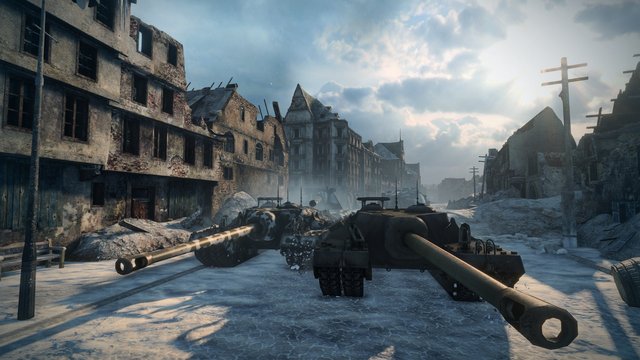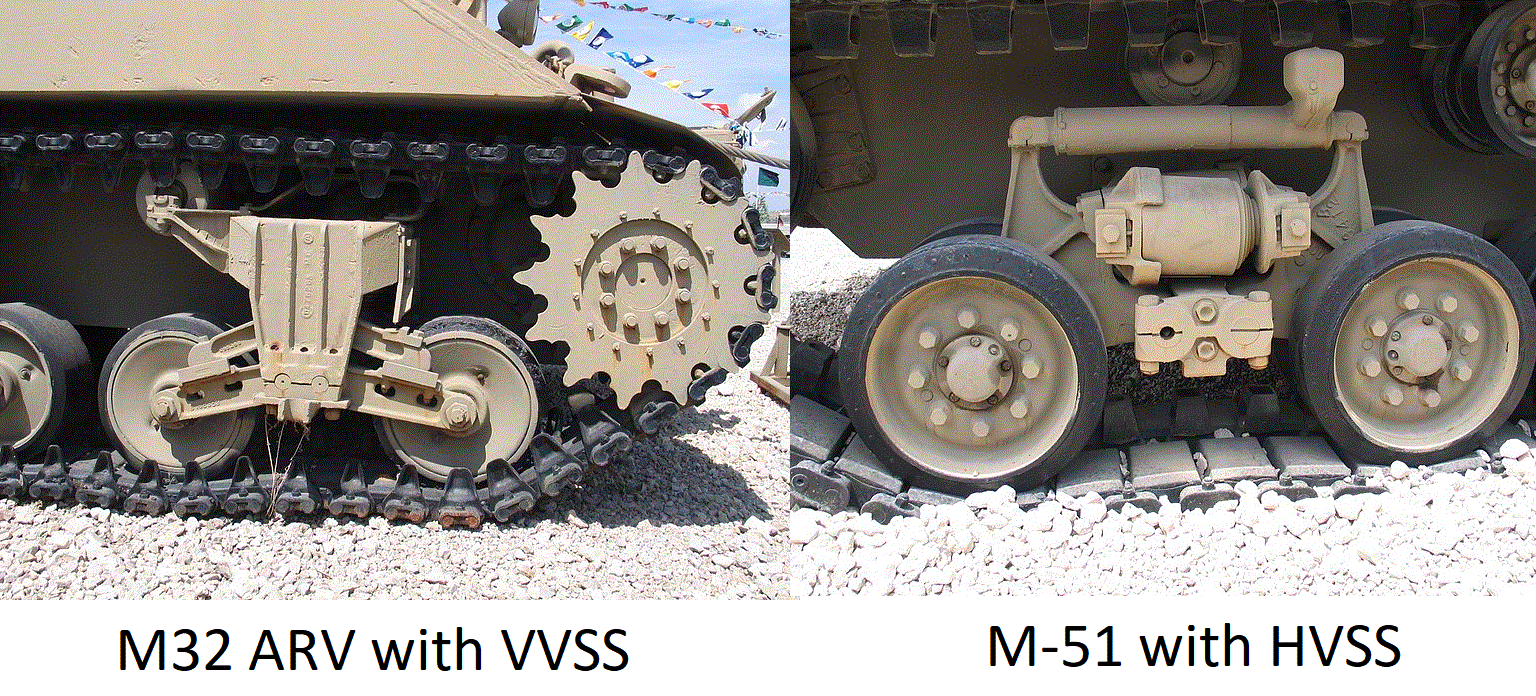T28? T95?
Any World of Tanks player, either a newbie or an experienced tanker knows when you will meet God in mere seconds, like on this scenario:
Then out of curiosity you start to analyze what you did wrong, or if the tank could actually pull that off. You get a bit too curious and start checking deeper on the internet and... you get all around the place: There's a T28 that looks exactly like the T95, there's another T28 in the game. Doesn't helps there's also OTHER T95 in real life, that isn't in the game... for better or worse. Probably for the better to avoid even more confusion.
source and a little extra explaining this T95... but not our main topic for today
So why the T95 has TWO designations?
Long story short, the US Army Ordnance Department, the office responsible to name and standarize things, never fully reached an unanimous consensus on what exactly is this tank, specially since the US never had any kind of a superheavy tank in the past: Is it a tank? As in, a conventional tank with gun, turret, and mobility? Is it a gun mobile carrier? as it handles a huge, artillery-like gun barrel? Is it a tank destroyer? to have a more passive role? After all, a breakthrough tank was not exactly a class you could pin out exactly. A confusion anyone would take was rolling on the Ordnance office for too long.
Once the M6 project was fully deemed obsolete, even with the M6A2E1 rejected, in March 1944 the Army requested 5 vehicles, designated T28, with a 12 inch protection in the front (305 mm). The estimated combat weight of the vehicle was projected to be 95 tons. (Our first designation with the T28 comes here)
On 7 February 1945, a memo from the Chief of Ordnance requested that the T28 to be redesigned as "105mm Gun Motor Carriage T95" because the cannon was not turret mounted and because of the limited secondary armament, with the change officially recognized on 8 March 1945 on the OCM 26898. (Here is the first confusion. I mean first switch, to T95)
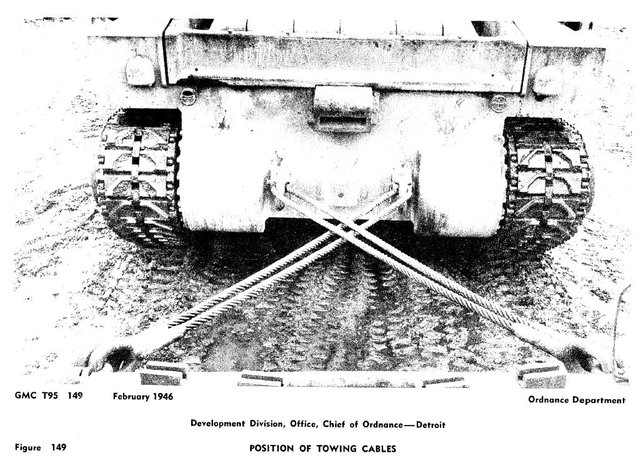
source. Notice the date, Feb 1946
Fast forwarding to 1946, the Ordnance started to get headaches because the heavily armed and armored T95 did not quite fit any of the usual categories for US Army fighting vehicles. For example, a tank, a conventional tank, was expected to carry their armament (gun barrel) in fully rotating turrets; and self-propelled guns (Gun Motor Carriage) usually were lightly armored to achieve maximum mobility. The T95 did not meet either of those criteria and in June 1946 another name change, effected almost inmediately with OCM 30758 redesignating the vehicle as "Superheavy Tank T28", considered that the combination of heavy firepower and heavy armor was more appropriate for a tank than a gun motor carriage.
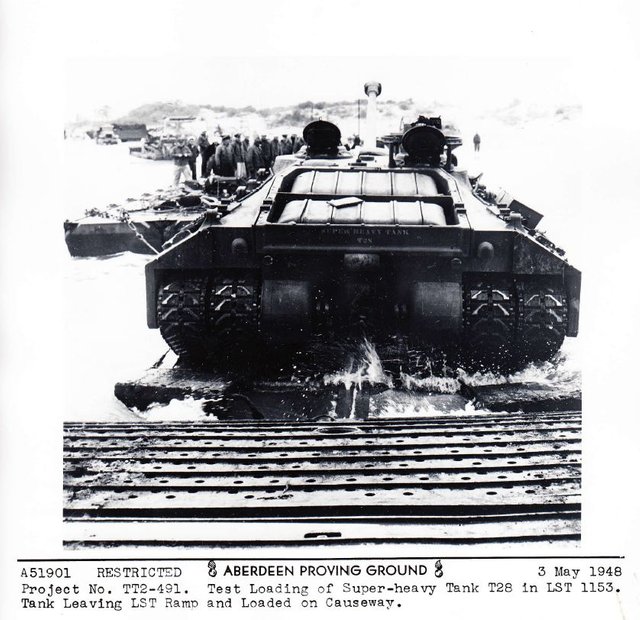
source. Notice the date, May 1948
So yes, it really depends how do you see the tank: Is it a heavy breakthrough tank? Or is it an artillery piece? Ordnance Dept. finally settled in the former so the T95 is actually the T28. But that brings another question:
What exactly is the Tier 8 then? The T28
The_Chieftain, the US Tank expert working for Wargaming said it himself:
Well, put frankly, we made it up. [...] So, we had to fill in the gap a bit with a little creative license/speculation.
source
In the source he explains they were a bit creative trying to reverse engineer the T95 with outdated technologies, for example the Vertical Volute Spring Suspension (VVSS) which was widely used on the first Shermans, but starting with the M4A3E8 "Easy Eight", they began replacing the shermans with a Horstmann suspension, called "Horizontal Volute Spring Suspension" (HVSS) on the US Army.
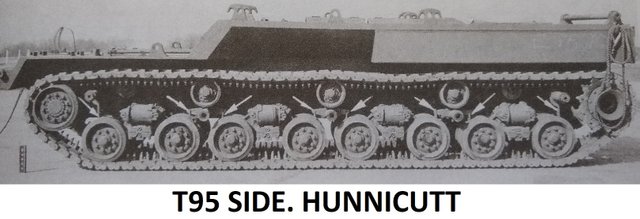
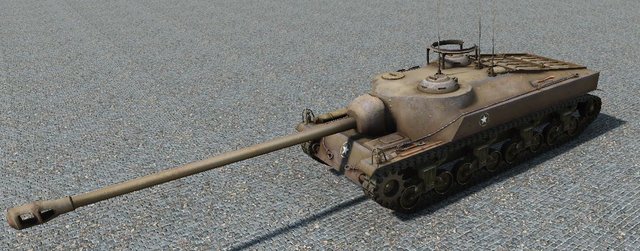
The T28 in game as of 2020 has received a few upgrades, along with an HVSS suspension very similar to the T95. One might be confused once more, but you can still see the differences if you see both tanks with an Aerial view, seeing enough differences to say the T28 is not just the T95 without the external tracks, specially on the engine deck with the internal fuel tanks of the in-game T28 vs the external ones of the T95.
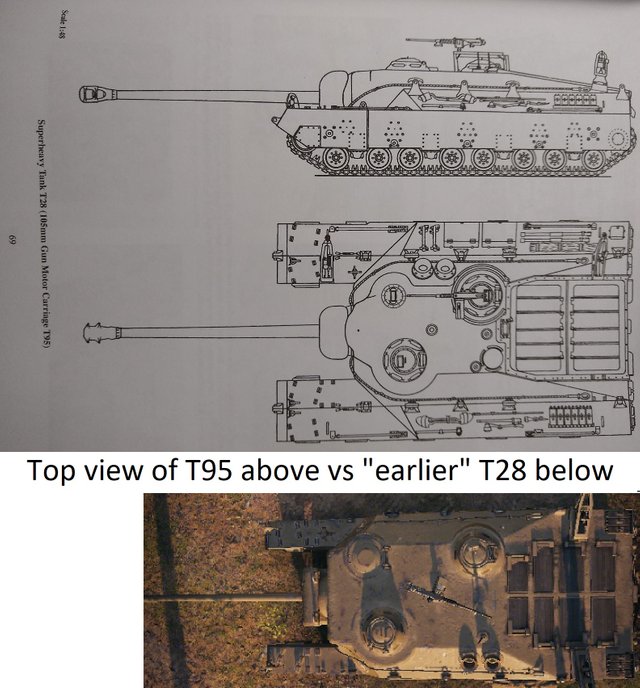
note the images are not exactly on scale to each other
Further sources: R.P. Hunnicutt's "Firepower"
